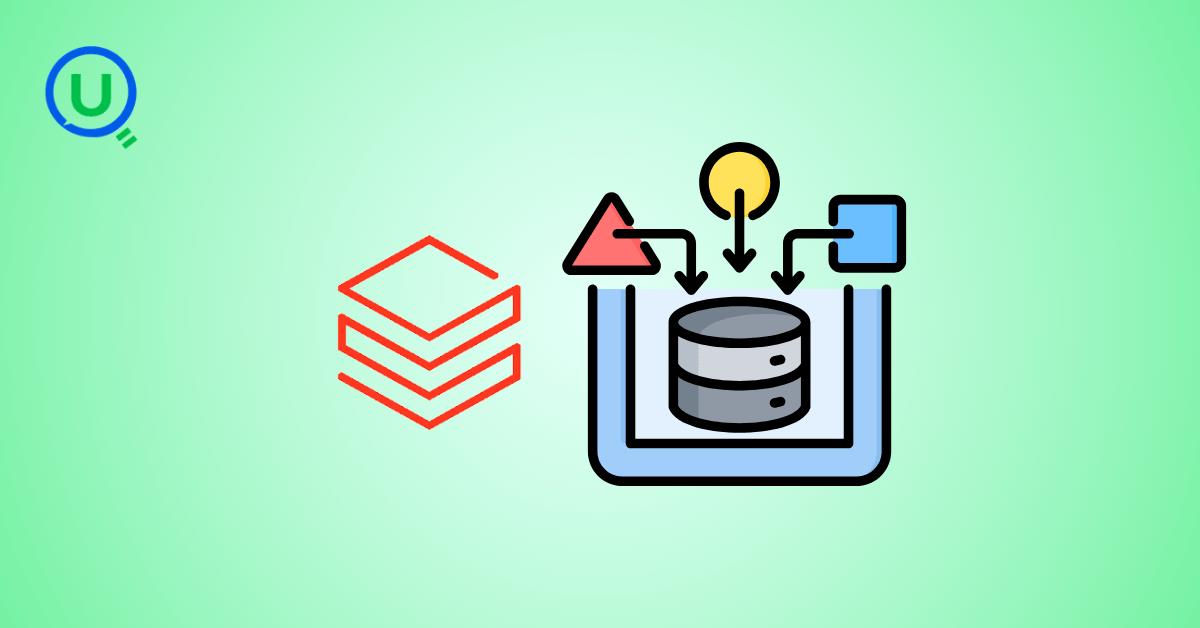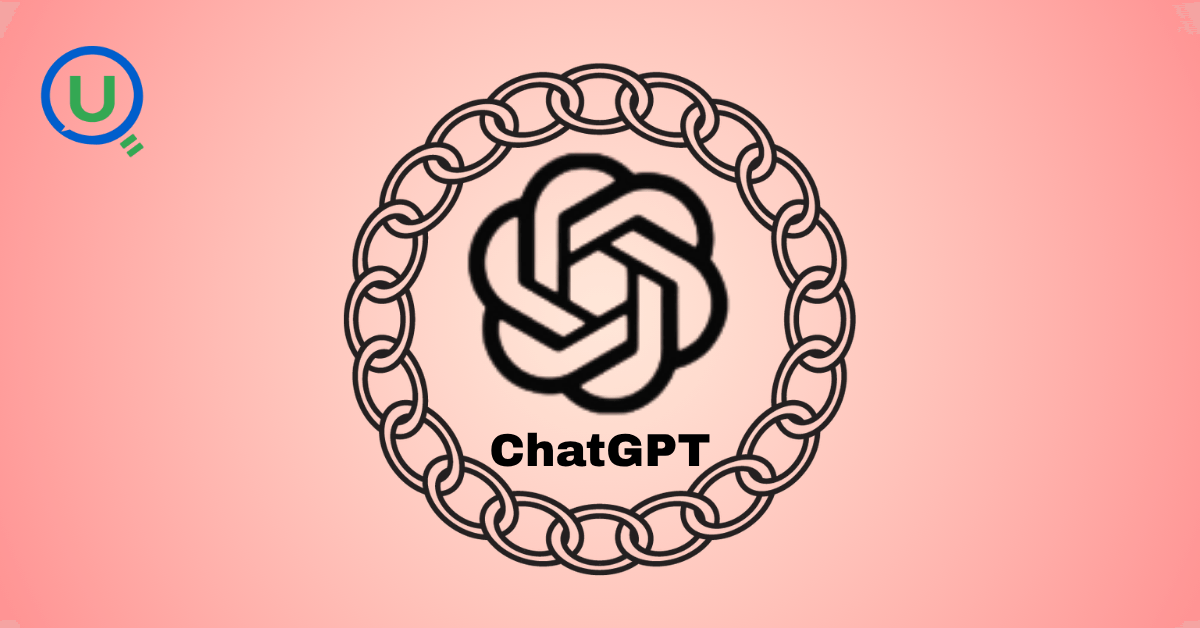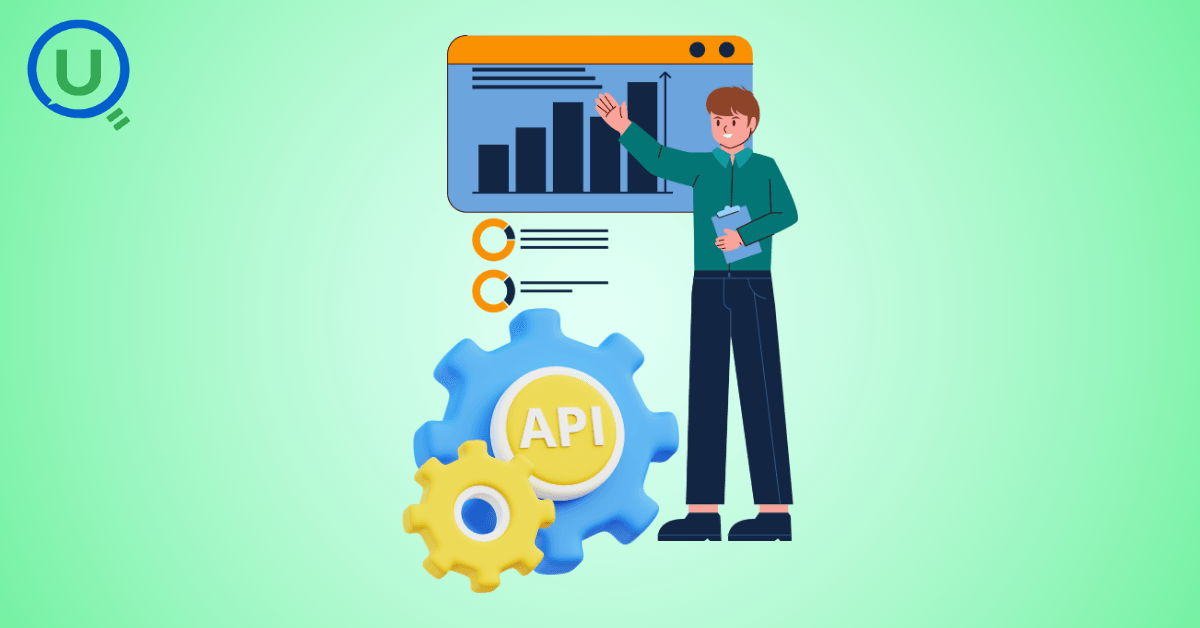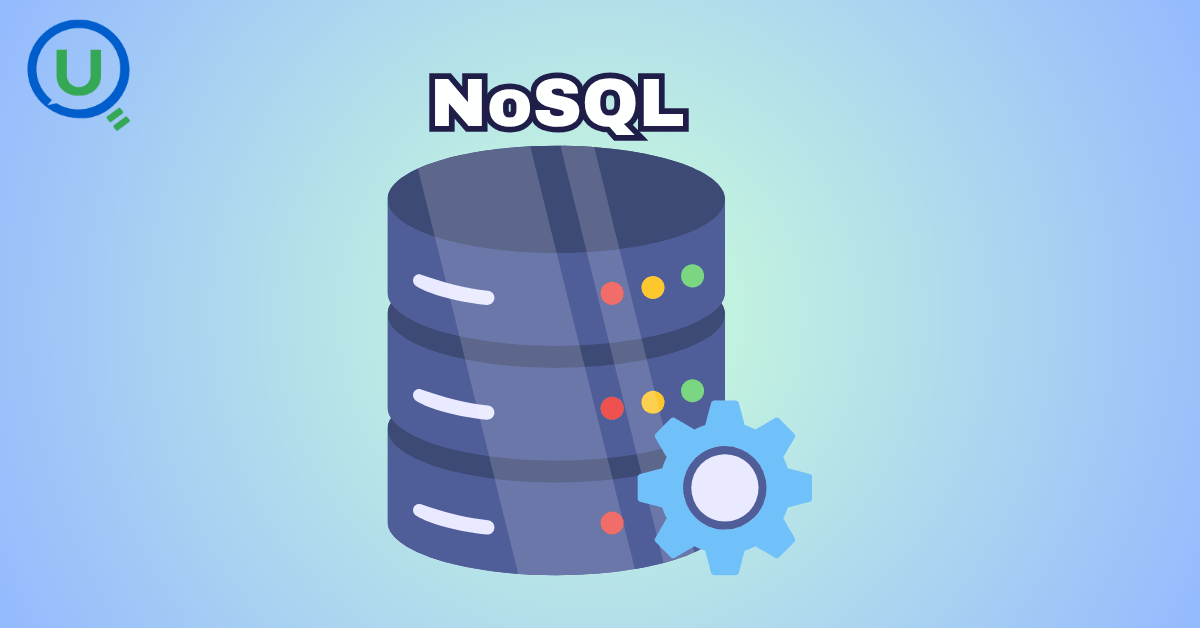Snapshots and Point-in-Time Restore: The E-Commerce Lifesaver

Ready to transform your data strategy with cutting-edge solutions?
Snapshots and Point-in-Time Restore: The E-Commerce Lifesaver
The Problem: GlobalMart's Data Disaster
Imagine GlobalMart, a budding e-commerce startup, thriving in the competitive online marketplace. Their success hinges on their dynamic website, housing thousands of product listings, customer reviews, and transaction records. One fine morning, chaos erupts. A coding error during a routine update accidentally wipes out critical data. The website grinds to a halt. Orders can't be processed, customer data vanishes, and product listings are lost. Panic ensues. This isn't just a technical hiccup; it's a business catastrophe.
In such a crisis, snapshots are GlobalMart's first line of defense.
What are snapshots?
Think of snapshots as a series of detailed photographs of the website's data taken at regular intervals. These snapshots serve as a crucial safety net, capturing the website's data in various states and offering potential points for restoration.
But how can a business leverage these snapshots?
Enter Point-in-Time Restore:
Think of PITR as a time machine for your data. Just like how a time traveler would go back to fix a mistake in the past, PITR lets you rewind your data's timeline to a happier, error-free state. It's like having a 'Ctrl+Z' (undo) button for your cloud data storage, capable of reversing even the most catastrophic mistakes.
What is Point-in-Time Restore?
PITR is a feature offered by cloud platforms that allow businesses like GlobalMart to turn back the clock and restore their data to a specific point before disaster strikes. Have a look at the GIF below:
Understanding Point-in-Time Restore (PITR) Across Cloud Platforms
Does Point-in-Time Restore Work Only with a particular Cloud Provider, or Is It Available on Other Cloud Platforms Too?
Great question! Point-in-Time Restore isn't limited to any particular cloud provider. It's a versatile feature found across several cloud platforms, including Microsoft Azure, Amazon Web Services (AWS), Google Cloud, and more. This makes it a universally applicable solution for data recovery, no matter where your data is hosted.
How Do Automatic and Continuous Backups Work with PITR?
With PITR, cloud services often provide automatic and continuous backups. This means there's always a recent data snapshot waiting in the wings. So, if your data ever takes an unexpected turn, you've got a backup ready to restore things to normalcy.
Is the Recovery Process with PITR Complicated and Time-Consuming?
Not at all! One of the beauties of PITR is its simplicity and speed. When data loss chaos hits, PITR steps in to streamline the recovery. Often, it just takes a few clicks to bring your entire data landscape back to its pre-crisis state.
Can Startups Afford PITR for Disaster Recovery?
Absolutely! For budget-conscious startups like GlobalMart, PITR is a wallet-friendly choice. It avoids the hefty price tag of traditional disaster recovery methods. You pay only for the snapshot storage you use, keeping your costs to a minimum.
Beyond Data Disasters, How Else Can PITR Be Useful?
PITR isn’t just a disaster recovery tool; it’s also a boon for testing and development. Developers can use PITR to roll data back to a specific point, making it easier and safer to test new features or updates. It turns risky trials into confident experiments.
How Does PITR Support Compliance and Auditing Needs?
In today’s world, where data compliance is key, PITR is a valuable ally. It helps maintain historical data snapshots, which are crucial for audits and adhering to strict data regulations. With PITR, meeting compliance requirements becomes a more manageable task.

Conclusion: Ensuring Business Continuity with Snapshots and PITR
The combination of snapshots and PITR provides a robust safety mechanism for businesses, ensuring continuity in the face of digital disasters. For startups like GlobalMart, this means transforming potential crises into manageable incidents, and securing their digital journey in an ever-evolving online marketplace.
Ready to Experience the Future of Data?
You Might Also Like

Snowflake recommends 100–250 MB files for optimal loading, but why? What happens when you load one large file versus splitting it into smaller chunks? I tested this with real data, and the results were surprising. Click to discover how this simple change can drastically improve loading performance.

Master the bronze layer foundation of medallion architecture with COPY INTO - the command that handles incremental ingestion and schema evolution automatically. No more duplicate data, no more broken pipelines when new columns arrive. Your complete guide to production-ready raw data ingestion

Learn Git and GitHub step by step with this complete guide. From Git basics to branching, merging, push, pull, and resolving merge conflicts—this tutorial helps beginners and developers collaborate like pros.

Discover how data management, governance, and security work together—just like your favorite food delivery app. Learn why these three pillars turn raw data into trusted insights, ensuring trust, compliance, and business growth.

A simple request to automate Google feedback forms turned into a technical adventure. From API roadblocks to a smart Google Apps Script pivot, discover how we built a seamless system that cut form creation time from 20 minutes to just 2.

Step-by-step journey of setting up end-to-end AKS monitoring with dashboards, alerts, workbooks, and real-world validations on Azure Kubernetes Service.

My learning experience tracing how an app works when browser is refreshed

This is the first in a five-part series detailing my experience implementing advanced data engineering solutions with Databricks on Google Cloud Platform. The series covers schema evolution, incremental loading, and orchestration of a robust ELT pipeline.

Discover the 7 major stages of the data engineering lifecycle, from data collection to storage and analysis. Learn the key processes, tools, and best practices that ensure a seamless and efficient data flow, supporting scalable and reliable data systems.

This blog is troubleshooting adventure which navigates networking quirks, uncovers why cluster couldn’t reach PyPI, and find the real fix—without starting from scratch.

Explore query scanning can be optimized from 9.78 MB down to just 3.95 MB using table partitioning. And how to use partitioning, how to decide the right strategy, and the impact it can have on performance and costs.

Dive deeper into query design, optimization techniques, and practical takeaways for BigQuery users.

Wondering when to use a stored procedure vs. a function in SQL? This blog simplifies the differences and helps you choose the right tool for efficient database management and optimized queries.

This blog talks about the Power Law statistical distribution and how it explains content virality

Discover how BigQuery Omni and BigLake break down data silos, enabling seamless multi-cloud analytics and cost-efficient insights without data movement.

In this article we'll build a motivation towards learning computer vision by solving a real world problem by hand along with assistance with chatGPT

This blog explains how Apache Airflow orchestrates tasks like a conductor leading an orchestra, ensuring smooth and efficient workflow management. Using a fun Romeo and Juliet analogy, it shows how Airflow handles timing, dependencies, and errors.

The blog contains the journey of ChatGPT, and what are the limitations of ChatGPT, due to which Langchain came into the picture to overcome the limitations and help us to create applications that can solve our real-time queries

This blog simplifies the complex world of data management by exploring two pivotal concepts: Data Lakes and Data Warehouses.

An account of experience gained by Enqurious team as a result of guiding our key clients in achieving a 100% success rate at certifications

demystifying the concepts of IaaS, PaaS, and SaaS with Microsoft Azure examples

Discover how Azure Data Factory serves as the ultimate tool for data professionals, simplifying and automating data processes

Revolutionizing e-commerce with Azure Cosmos DB, enhancing data management, personalizing recommendations, real-time responsiveness, and gaining valuable insights.

Highlights the benefits and applications of various NoSQL database types, illustrating how they have revolutionized data management for modern businesses.

This blog delves into the capabilities of Calendar Events Automation using App Script.

Dive into the fundamental concepts and phases of ETL, learning how to extract valuable data, transform it into actionable insights, and load it seamlessly into your systems.

An easy to follow guide prepared based on our experience with upskilling thousands of learners in Data Literacy

Teaching a Robot to Recognize Pastries with Neural Networks and artificial intelligence (AI)

Streamlining Storage Management for E-commerce Business by exploring Flat vs. Hierarchical Systems

Figuring out how Cloud help reduce the Total Cost of Ownership of the IT infrastructure

Understand the circumstances which force organizations to start thinking about migration their business to cloud
